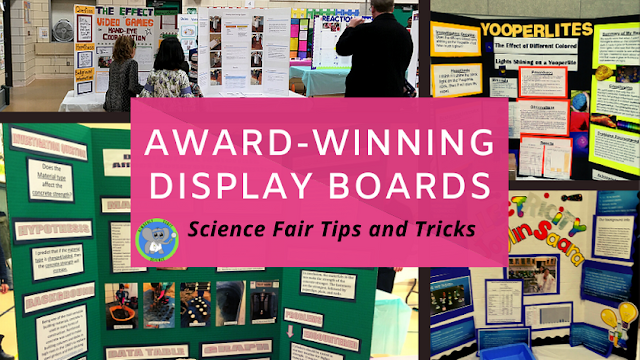Children Astronomy Storybooks To Add To Your Science Unit Or Read-Along
Astronomy is an interesting topic for students. They see the sun and the sky every day, but now they get to look beyond.
The topic can be confusing because much of it is observed through modeling. Kids always are intrigued to learn the how and the why of the solar system.
Here are 4 great books to use in your astronomy science unit or for classroom read alongs to get kids reflecting on how the Universe works.
The Berenstain Bears On The Moon
by Stan and Jan Berenstain
This book is so poetic it is sure to get the student's attention. This book leaves room for lots of questions and discussions to spark students' interest.
- Space travel and rockets.
- Learning about gravity. Why are they floating in their spaceship? Why do moon jumps make you jump so high?
- Sparking interest in the history of traveling to the moon. What is on the moon? What is it made of?
How Chipmunk Got His Stripes
by Joseph Bruchac and James Bruchac
Pictures by Jose Aruego and Ariane Dewey
by Joseph Bruchac and James Bruchac
Pictures by Jose Aruego and Ariane Dewey
This is a classic native American legend. There are many versions of it. The pictures and dialogue are fun and entertaining. Students will want to chime in and read along.
We like this book for learning about:
- Sunrise and Sunset
- Introducing the concept that the Earth is rotating.
- Learning about how these legends came about from the unknowns about the movements in the sky.
Star Boy
By Paul Goble
Paul Goble's books are always wonderfully written. This is a native American legend that shows how patterns in the sky were integrated into their stories. This story is best for older grade levels.
We like this book for learning about:
- The movements of the planets, especially Venus and Mars.
- Learning about why the sky changes during different times of the year.
- Introducing looking at the solar system from an ecliptic view to understand how everything is moving and why we see things in different locations.
What Makes Day and Night
By Franklyn M. Branely
Illustrated by Arthur Dorros
This book is more educational and not a story. The illustrations are well done and it gives lots of facts. Start by having a lamp and balls in the room to represent the Earth and the Sun. Let the students explore. They can also be the Earth. Have them try to figure out what makes day and night. Then read the story and perform the tests in the book.
We like this book for learning about
- Why is half the Earth in light and the other in darkness?
- Introducing a hands-on exploration to help understand the how and why of day and night.
- The Earth's rotation and why it makes the Sun look like it is moving across the sky.
- A review of the Earth's rotation as an introduction to Moon phases.
SHOP THIS POST
Find complete lesson plans and hands-on explorations.








